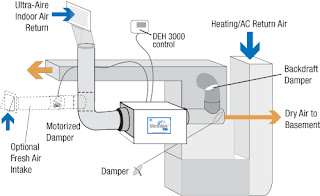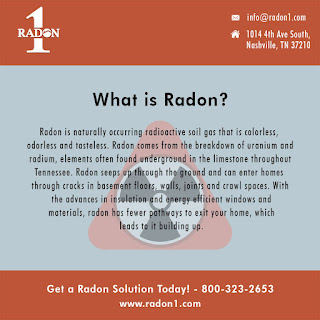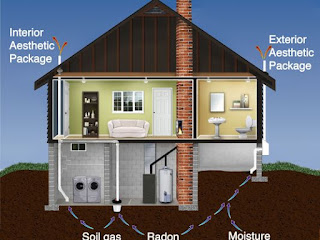Whole Home Dehumidifier – How They Can Benefit Your Home And How They Work?

If your house is too humid, there are many consequences because your home's relative humidity should be between 30-50% to avoid dust mite infestation, condensation on your water pipes, wet stains on your walls and ceilings or other unhealthy conditions. With whole home dehumidifiers, your home's indoor humidity problems can be solved and this can deter mold and mildew growth in your home and the allergic reactions that can happen from excessive moisture conditions. Whole house dehumidifiers are installed as part of your home's heating and cooling system, which allows them to pull the air from every room in your home, remove the moisture and then send the dryer air back into your home. You can have whole house dehumidifiers processing the air in your home, even when you aren't using your heating or air conditioning system. If you have trouble sleeping at night because of clammy skin or you feel like you have to keep lowering the temperature setting because your home fe


